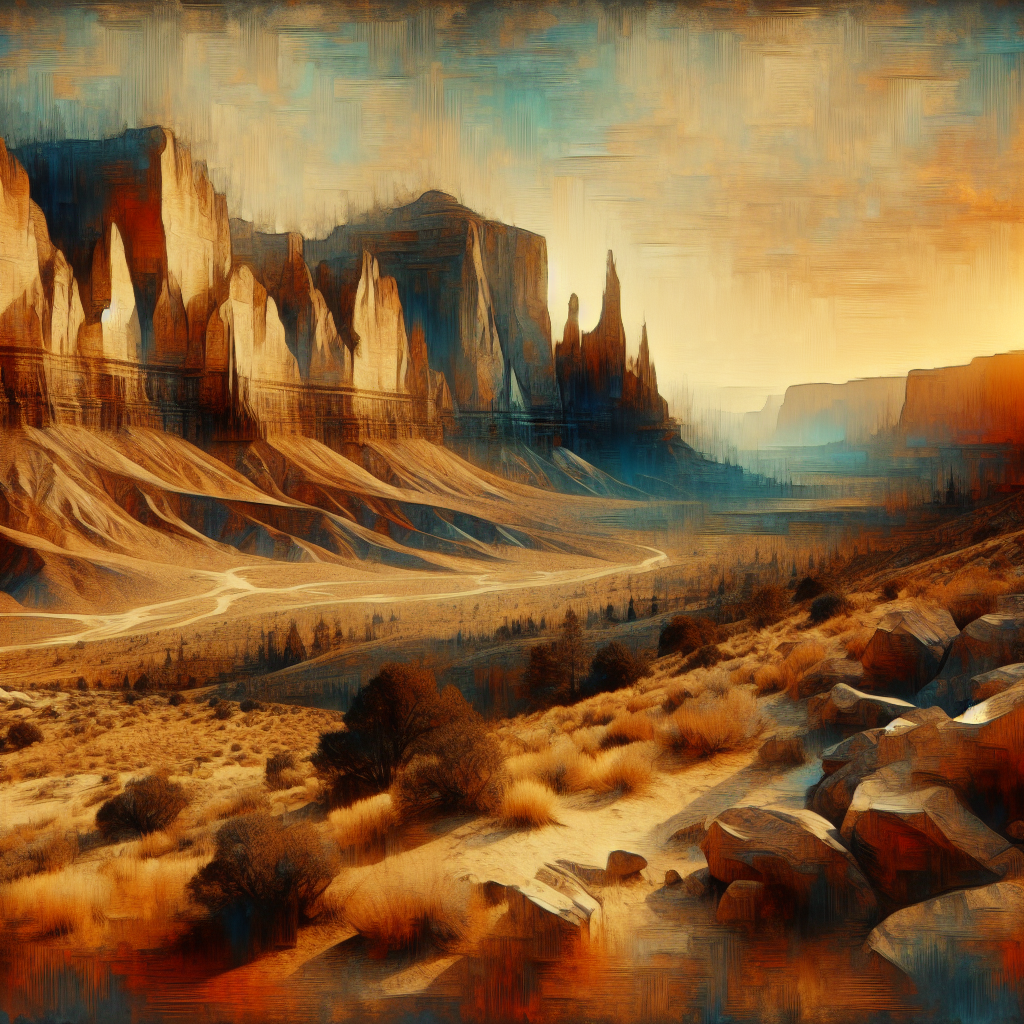-
Table of Contents
“`html
Desert Rock: The Arid, Heavy Sound from the American Southwest

Desert rock, a subgenre of rock music, emerged from the arid landscapes of the American Southwest. Known for its heavy, gritty sound, it draws inspiration from the vast, open deserts and the unique culture of the region. This article explores the origins, characteristics, and impact of desert rock, offering insights into its enduring appeal.
Top 5 Tips for Understanding Desert Rock
- Explore the roots of desert rock in the American Southwest.
- Understand the key characteristics that define the genre.
- Discover influential bands and albums that shaped desert rock.
- Learn about the cultural and environmental influences on the music.
- Examine the genre’s impact on modern rock music.
Origins of Desert Rock
Desert rock originated in the late 1980s and early 1990s, primarily in the Palm Desert area of California. The genre was heavily influenced by the unique environment of the American Southwest, characterized by its vast deserts and rugged landscapes. Bands like Kyuss and Queens of the Stone Age were pioneers in this movement, blending elements of psychedelic rock, heavy metal, and punk to create a distinctive sound.
The Palm Desert Scene
The Palm Desert scene was a breeding ground for desert rock, with bands often performing at “generator parties” in the desert. These impromptu concerts, powered by portable generators, allowed musicians to experiment with their sound away from traditional venues. This DIY ethos and the raw, unpolished sound of these performances became hallmarks of the genre.
Characteristics of Desert Rock
Desert rock is characterized by its heavy, distorted guitar riffs, driving bass lines, and powerful drumming. The music often features extended instrumental jams and a laid-back, groove-oriented feel. Lyrically, desert rock songs frequently explore themes of isolation, freedom, and the harsh beauty of the desert landscape.
Influential Bands and Albums
- Kyuss: Often credited as the founders of desert rock, Kyuss released several influential albums, including “Blues for the Red Sun” and “Welcome to Sky Valley.”
- Queens of the Stone Age: Formed by former Kyuss members, this band brought desert rock to a wider audience with albums like “Rated R” and “Songs for the Deaf.”
- Fu Manchu: Known for their fuzz-laden sound and surf rock influences, Fu Manchu contributed to the genre with albums like “The Action is Go.”
Cultural and Environmental Influences
The American Southwest’s unique environment plays a significant role in shaping the sound and themes of desert rock. The vast, open spaces and harsh climate inspire a sense of freedom and rebellion, reflected in the music’s raw energy and introspective lyrics. Additionally, the region’s rich cultural history, including Native American and Mexican influences, adds depth and diversity to the genre.
Impact on Modern Rock Music
Desert rock has had a lasting impact on modern rock music, influencing a wide range of artists and genres. Its emphasis on heavy riffs and groove-oriented rhythms can be heard in bands like Mastodon and Baroness. Additionally, the genre’s DIY ethos and focus on live performance have inspired countless musicians to explore new sounds and push the boundaries of rock music.
Conclusion
Desert rock is a unique and enduring genre that continues to captivate audiences with its heavy, gritty sound and evocative themes. Rooted in the American Southwest’s distinctive environment and culture, it has left a lasting mark on the world of rock music. By understanding its origins, characteristics, and influences, we can appreciate the depth and complexity of this fascinating genre.
For more information on desert rock and its history, visit Wikipedia.
“`




